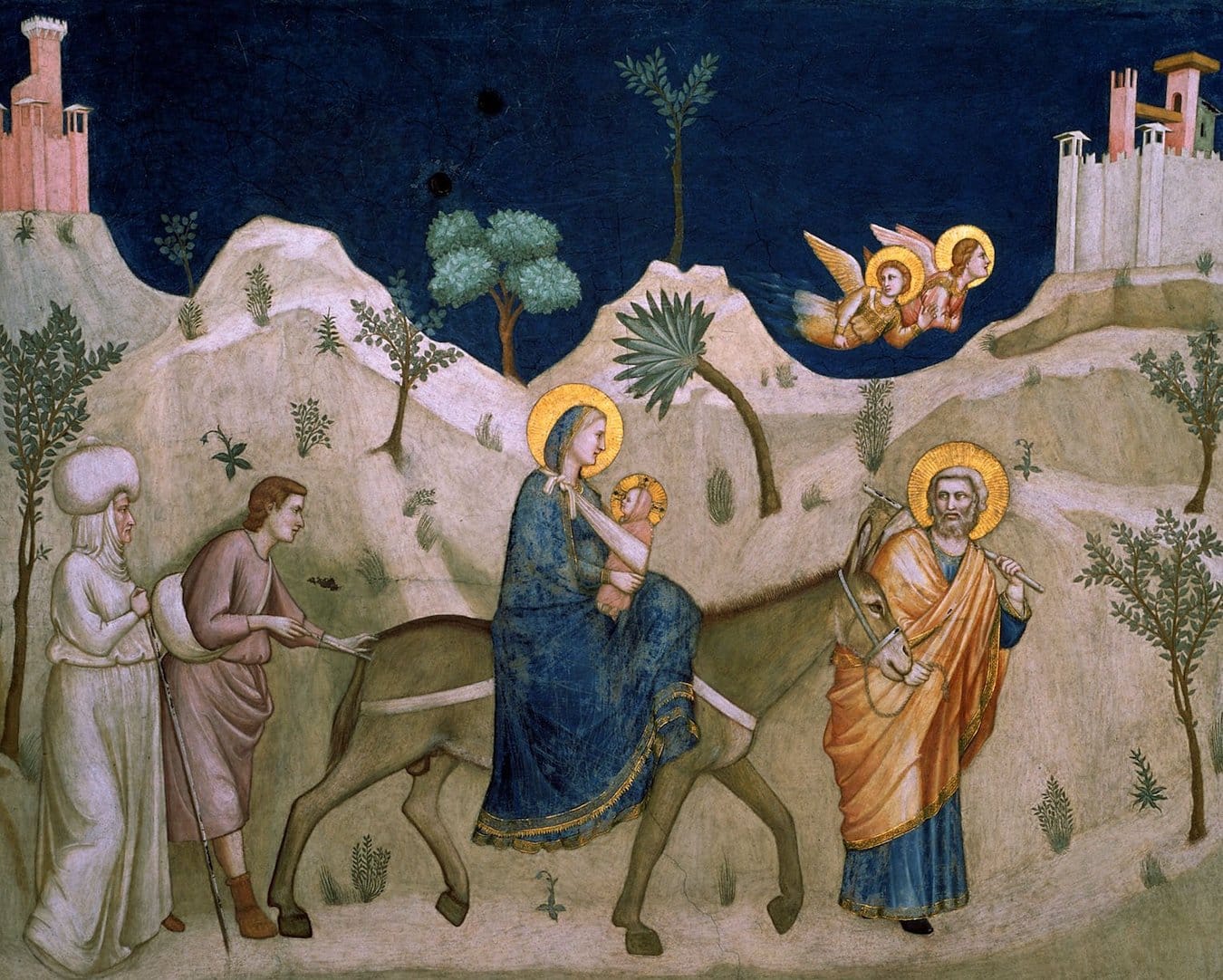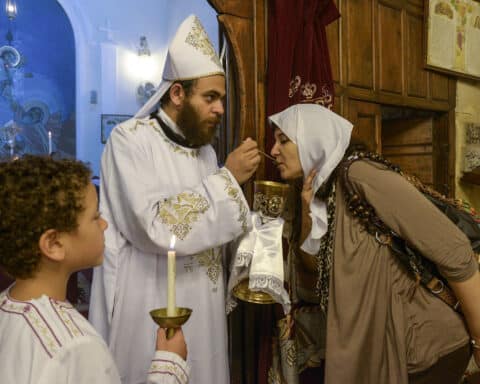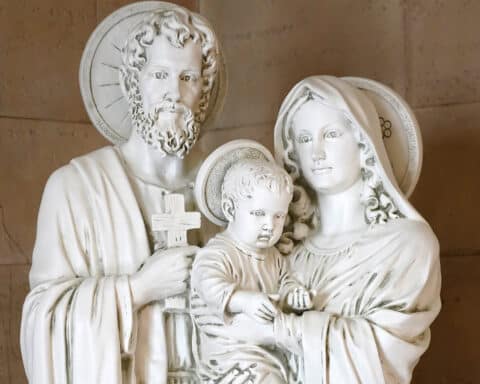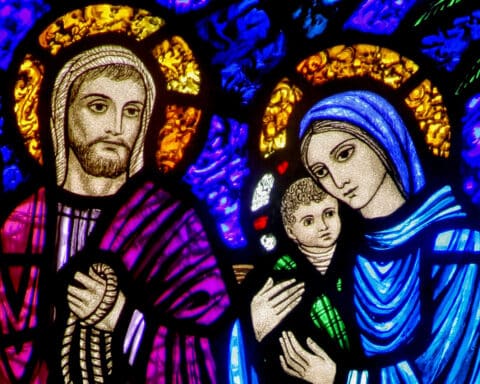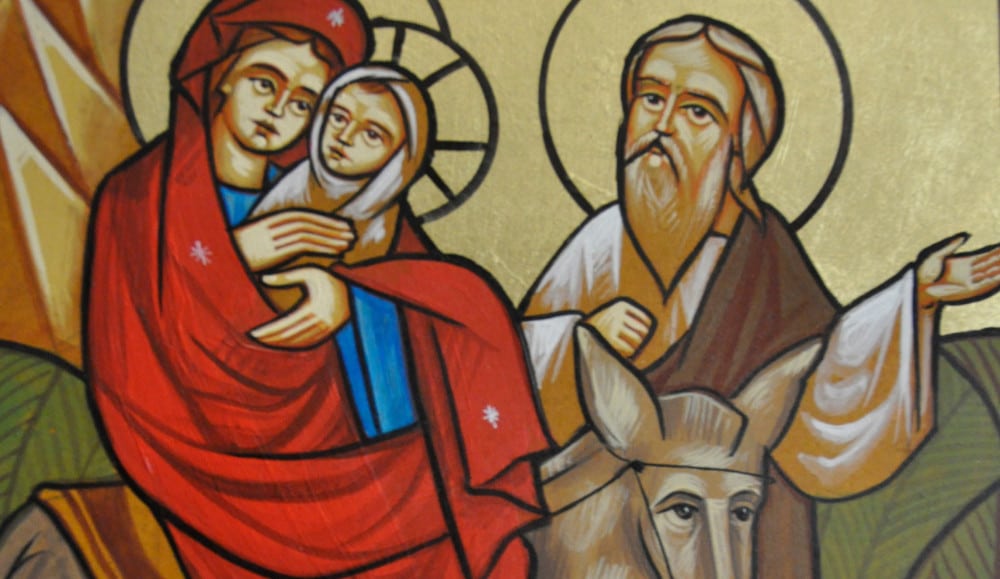Near the banks of the Nile River, there is a laurel tree whose branches hang down before turning back up again. A canopy of leaves gives the tree the image of a tall man bowing with a flourish towards the ground. Hidden beneath its peculiar natural form, this laurel tree holds a special secret.
Coptic Christian traditions say that as the Holy Family journeyed through Egypt, they traveled beyond Cairo and took a path along the Nile. Along this path stood the famed laurel tree. At the passing of the Divine Child and his parents, the tree bowed in adoration to its creator. The tree affectionately earned the nickname “Al-Abed,” meaning “the Worshipper.”

“Nature therefore becomes a Gospel that speaks to us of God,” says St. John Paul II. The beauty and complexity of nature give pause, evoking thoughts of a powerful Creator. But some members of the natural world go one step further and bear a more literal witness to the Divine work of God.
This laurel tree is no exception. The story of the bowing tree is enough to arouse curiosity. However, considering the laurel tree’s cultural and historical impact, it is clear that the tree’s act of adoration carries deeper significance.
A pagan symbol of victory and honor
A number of cultures and civilizations used the leaves and branches from the laurel tree. Its leaves were formed into laurel wreaths by ancient cultures. Ancient Egyptians would lay laurel wreaths on their deceased, while Grecian athletes received these leafy crowns upon winning competitions. Roman generals who won major victories received the honor of having laurel wreaths placed on their heads, a privilege usually reserved for the Imperial family. Laurel wreaths also found a home in a number of paintings and literature, often crowning the pagan gods.

Though appearing in different ceremonies across cultures, the laurel wreath evoked reverence whenever used. For the Romans, it proclaimed victory over one’s enemy or oppressor. For the Greeks, it signified the crowning glory and honor in one’s career as an athlete or poet. In Egypt, it served as a crown of justification – a triumph over death and the afterlife. Mythology, art, and literature spoke of the “Crown of Immortality,” depicted as a laurel wreath upon the divinity’s head.
A new Christian interpretation
Al-Abed‘s behavior evokes a similar reverence for Jesus himself. This tree that symbolizes victory bowed in the presence of the ultimate Victor, the Savior of the World. Christ, the Divine Son of God who conquered sin and death, received homage from the plant representing immortality. The laurel tree deferred its own glory and honor to the One who is “Worthy … to receive glory and honor and power” (Rv 4:11).
From the beginning, God knew that the laurel tree would symbolize victory, immortality, honor, and glory to the nations. Though the tree bowed centuries ago, it continues to stand as a Gospel to us, to be a sign to us even today, proclaiming the victory, immortality, glory, and honor of Jesus Christ. May we provide a similar witness so that when people recall us after years, the story of our lives proclaims that same truth: Jesus Christ is Lord.

